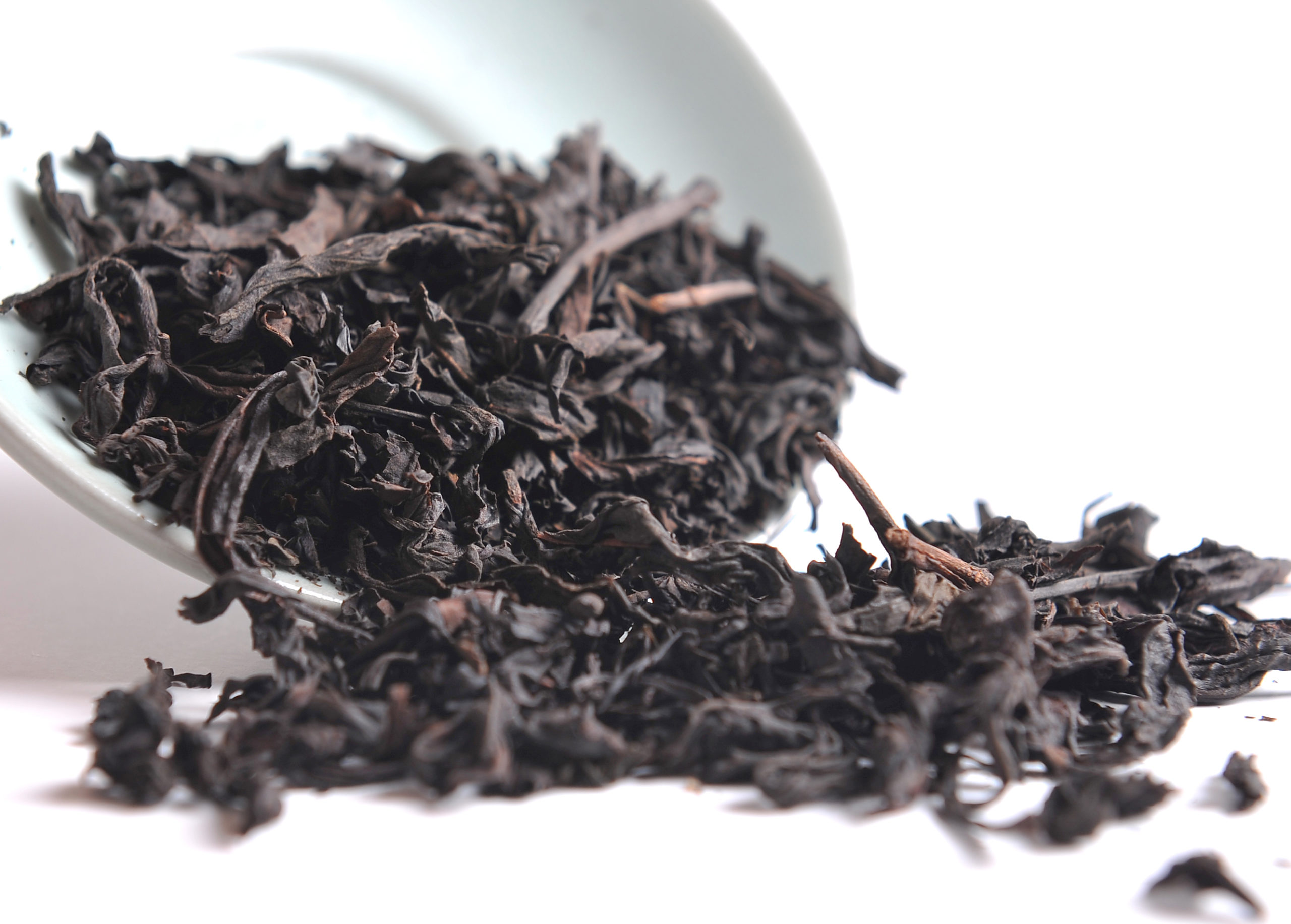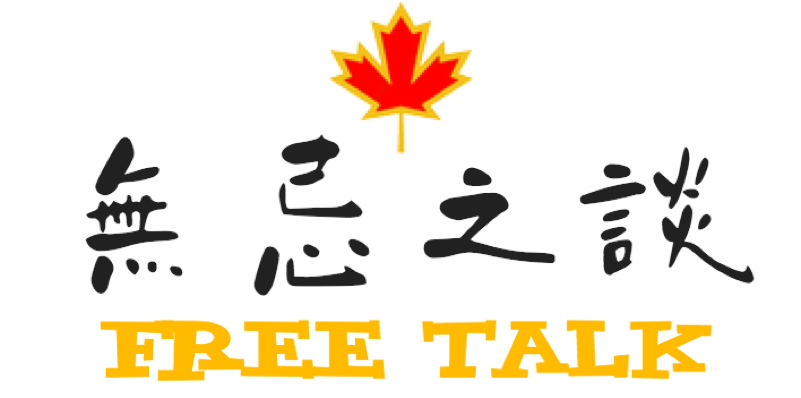Wuyi tea, formerly known by the trade name Bohea in English, is a category of black and oolong teas grown in the Wuyi Mountains of northern Fujian, China. The Wuyi region produces a number of well-known teas, including Lapsang souchong and Da Hong Pao. It has historically been one of the major centers of tea production in Fujian province and globally. Both black tea (excluding brick tea) and oolong tea were likely invented in the Wuyi region, which continues to produce both styles today.
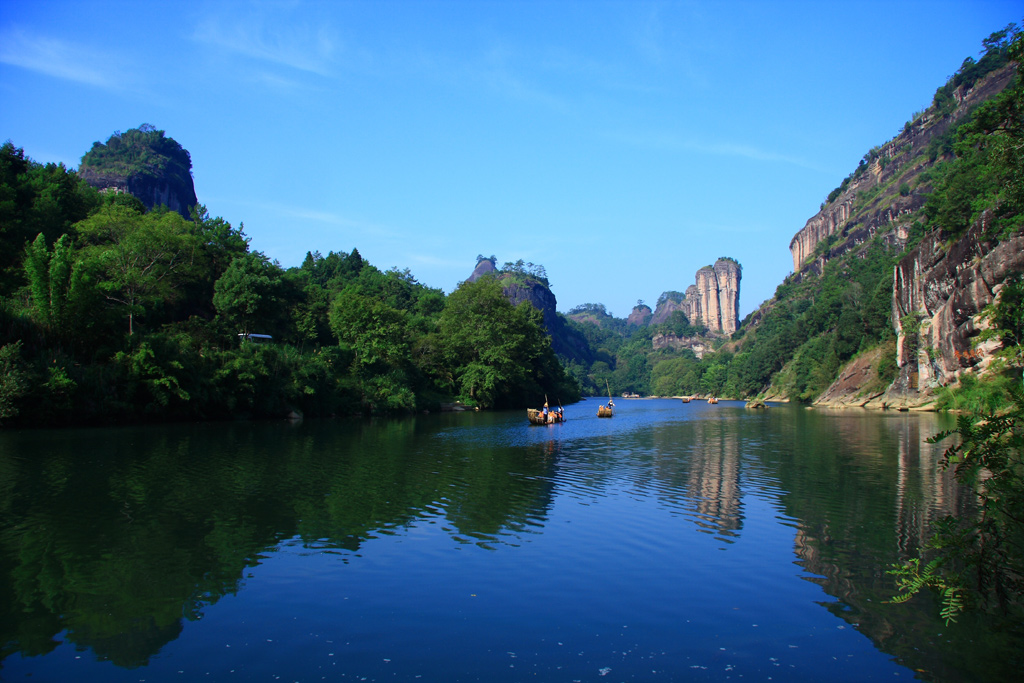
Wuyi teas are prized because of the distinctive terroir of the mountainsides where they are grown.Because of the lower yield produced by tea bushes in such terrain, the resulting tea can be quite costly. Tea made from the leaves of older bushes is particularly expensive and limited in quantity. Da Hong Pao, collected from what are said to be the original bushes of its variety, is among the most expensive teas in the world, and more valuable by weight than gold.Commercial-grade tea grown at lower elevations in the area accounts for the majority of the Wuyi tea available on the market. Commercial Da Hong Pao is made from cuttings of the original plants.
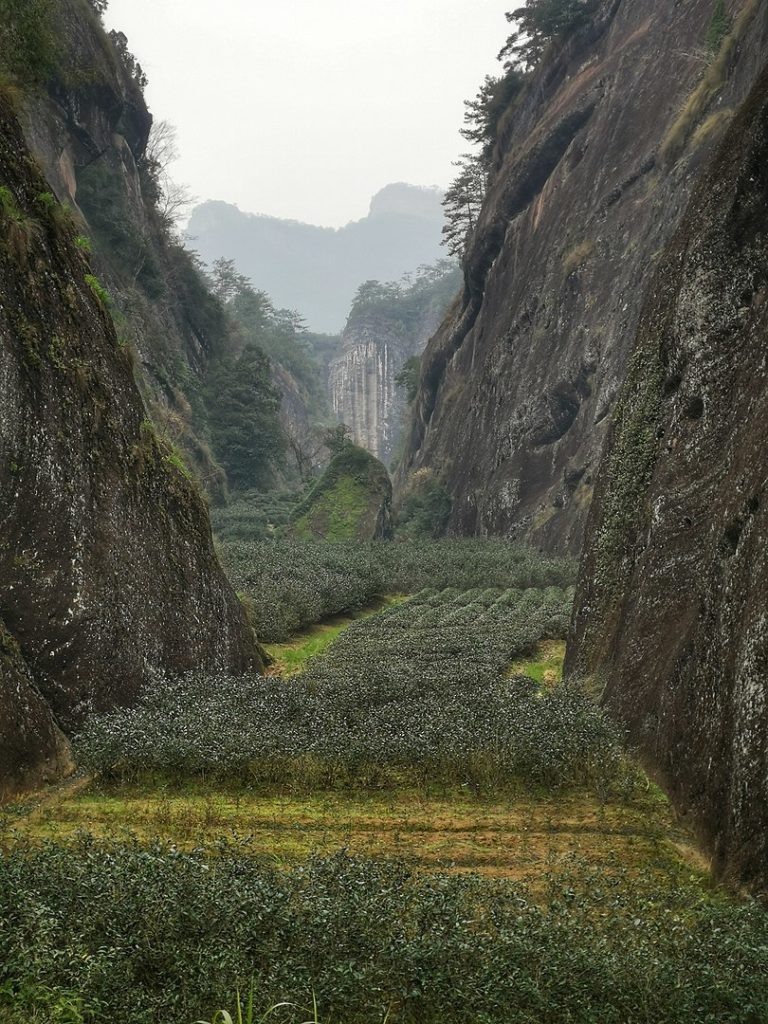
During the Song dynasty, the Northern Park tea estate in Fujian’s Jian’ou was the most important supplier of tea to the Song emperors. Established as a private estate under the Min Kingdom, it was nationalized under the Southern Tang and remained so under the Song. In the 16th century, farmers in Wuyi began growing tea and indigo on the mountains themselves, often on estates owned by Buddhist or Taoist monasteries. The farmers cut terraces into the slopes, and built a system of dikes and drains. Eventually they discovered that by allowing the tea to partially oxidize before firing, they could produce a darker, fragrant type of tea which came to be known as oolong (wūlóng, “black dragon”) tea.
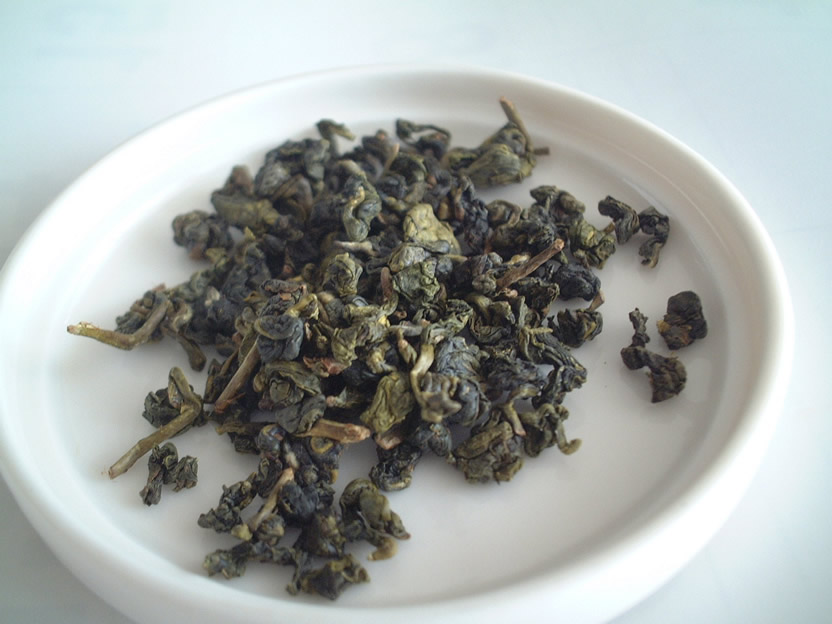
European merchants began purchasing tea in Canton (Guangzhou) during the 17th century. Because green tea formed the bulk of their imports, and because the Wuyi region was initially the main source of the darker teas available to them, the term “Bohea” became a blanket name in English for all dark teas; the modern designations “black” and “oolong” were not yet in use. Over time, distinctions began to be made between different dark teas. Lapsang souchong, a Wuyi tea and possibly the first black tea to be produced, was separately traded as “Souchong” for a higher price, while the highest quality black tea was given the name “Pekoe” (Chinese: 白花; pinyin: báihuā; Pe̍h-ōe-jī: pe̍h-hoe), referring to the downy white hair on the young leaves).
During the 18th century, Western consumer preferences shifted from green tea toward black tea. The price of black tea dropped significantly during this period, making it more affordable to a larger number of consumers. Bohea tea was consumed in larger quantities than any other type of tea in Europe. When the Ostend Company began competing against the Dutch East India Company (VOC) and the British East India Company (EIC) by importing cheap Bohea tea, the VOC responded by shifting its trade away from green tea toward larger quantities of black tea, mostly Bohea. Because Bohea from the VOC was cheaper than the EIC’s tea offerings, consumers in Britain’s American colonies illegally smuggled Dutch Bohea in large quantities. The Tea Act of 1773, intended to help the ailing EIC sell its tea in America, instead led to resistance culminating in the Boston Tea Party.
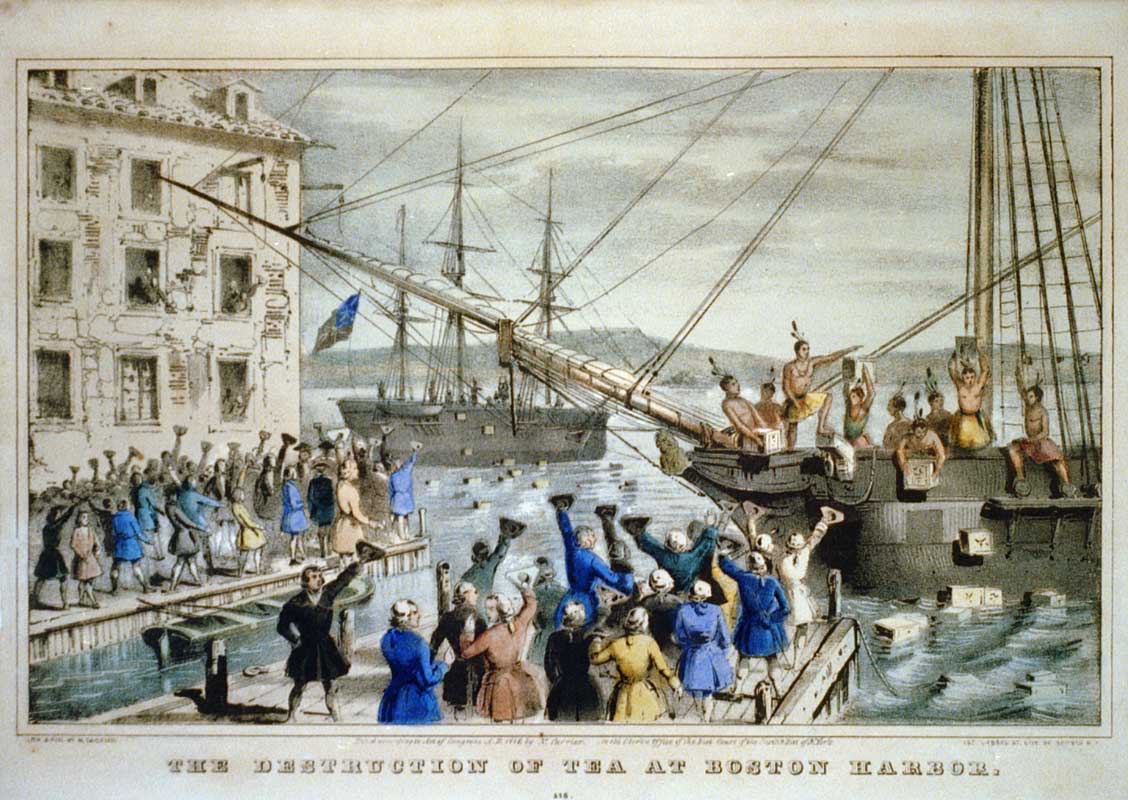
In 1848, the Scottish botanist Robert Fortune went to China on behalf of the British East India Company to obtain tea plants as part of their ongoing effort to establish a tea industry in colonial India. At the time, it was illegal for foreigners to travel inland in China, away from the five treaty ports designated by the Treaty of Nanjing. Fortune therefore went in disguise as a Chinese official, visiting tea producing regions across China. He stole and smuggled out a number of tea plants and seeds from the Wuyi Mountains, and learned from the monks there the full process of planting, picking, and processing the leaves to make tea. He was also able to hire a number of Chinese workers to assist with tea production in Darjeeling.
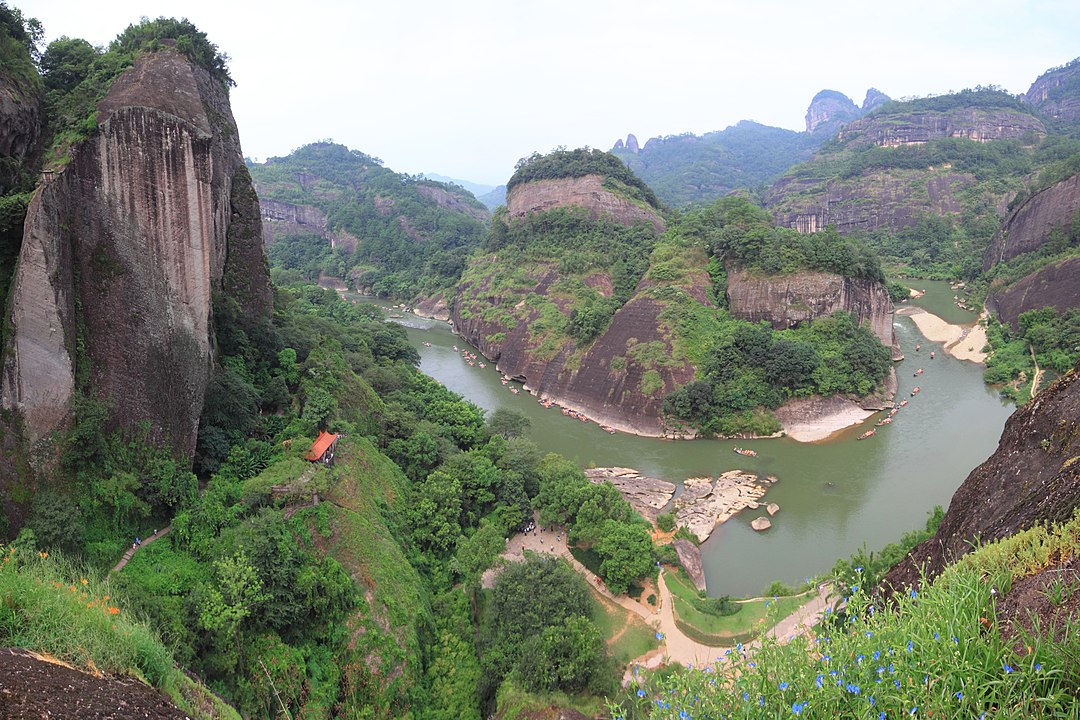
Wuyi teas are generally dark, spanning the range between black teas and darker oolongs, and are typically twisted into thin strips rather than curled into a ball shape like Anxi or Taiwan oolong teas. They are fired heavily, as were most oolong teas historically, and have a characteristic smoky flavor with notes of stone fruit.
Notable varieties
- Da Hong Pao (‘Big Red Robe’)
- Rou Gui (‘Cinnamon Scent’)
- Lapsang souchong
- Tieluohan (‘Iron Arhat’)
- Bai Jiguan (‘White Cockscomb’)
- Shui Jin Gui (‘Golden Water Turtle’)
- Qilan (‘Rare Orchid’)
- Jin Jun Mei (‘Golden Horse Eyebrow’)
